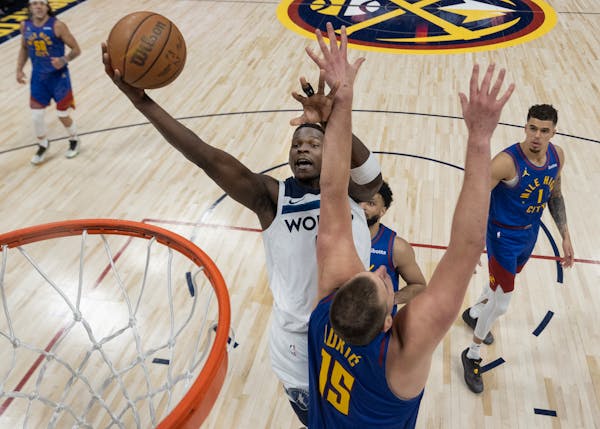Casual dining is in the throes of a midlife crisis.
A quarter-century ago, consumers feasted on fried appetizers, unlimited breadsticks and big desserts at Applebee's, Olive Garden and Chili's. Today, many Americans are trading those restaurants in for cheaper, faster fare or splurging a bit for a trendier experience.
Midpriced, sit-down restaurants — known as "casual dining" in the industry — have seen on average about 2 percent fewer customer visits each year since 2008. That translates into a total drop of almost 600 million annual visits, to 6.4 billion in 2012.
"They've been around quite a while and many of them have not stayed as relevant in meeting consumers' wants and needs of today," said Bonnie Riggs, a restaurant analyst with research company NPD Group.
The world's largest casual-dining company, Orlando-based Darden Restaurants, has been hit especially hard. Company executives cut sales and earnings expectations last month, acknowledging to analysts their major brands such as Olive Garden and Red Lobster have suffered because they've been too slow responding to major shifts in how Americans eat out.
"It is clear to us that given our current business situation, we are indeed in a new era," Chief Executive Clarence Otis told analysts.
Other companies have experienced similar turbulence. Earlier this month, Applebee's and IHOP owner DineEquity reported declining traffic at both brands for its fourth quarter, while Chili's parent Brinker International toned down its profit forecast.
"We know casual dining is not the bright, shining star that it used to be," Brinker Chief Executive Wyman Roberts told analysts.
The industry is trying to reinvent itself with lower-priced meals that are quicker and more healthful.
Darden, for example, said last week it plans to speed up Olive Garden's lunch service, jump on culinary trends more quickly, attract younger diners with more technology and lure back lower-income customers with good deals.
The economy has played a major role in slowing sales. American budgets are taking one hit after another — most recently from increased payroll taxes and rising gas prices.
But there's also competition from fast-casual restaurants sell fare that's a step up from fast food. Customers still order and pay at the counter, making meals quicker and cheaper than at sit-downs.
"It's quick. It's easy. It's less expensive," said Fraley Sadlo of College Park, Fla., who frequents Tijuana Flats and Einstein Bros. Bagels with her two young sons.
Newer, "polished casual" restaurants also are posing a threat to established chains. They are a tad more expensive but have more sophisticated food, decor and drinks.
